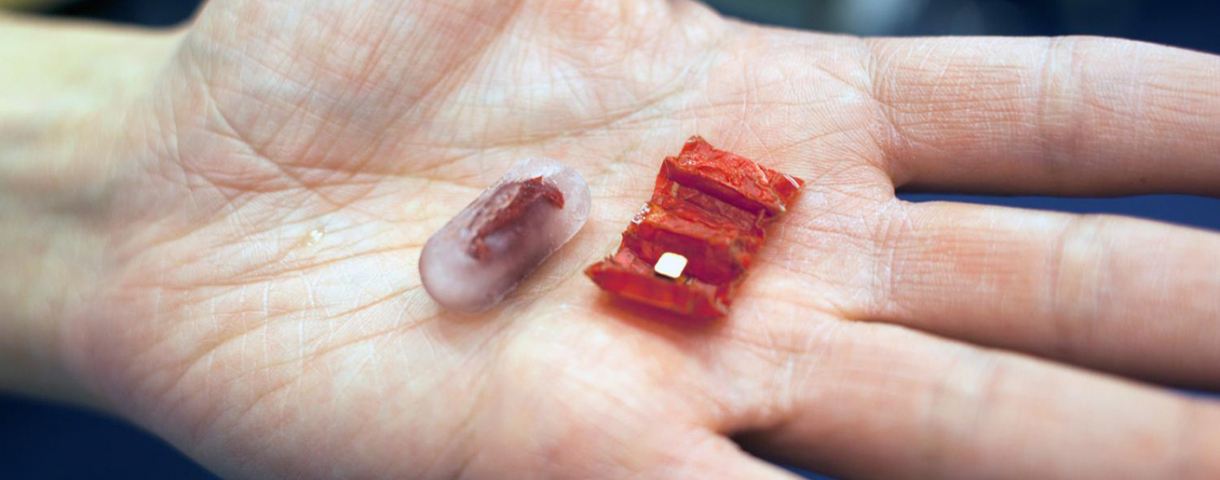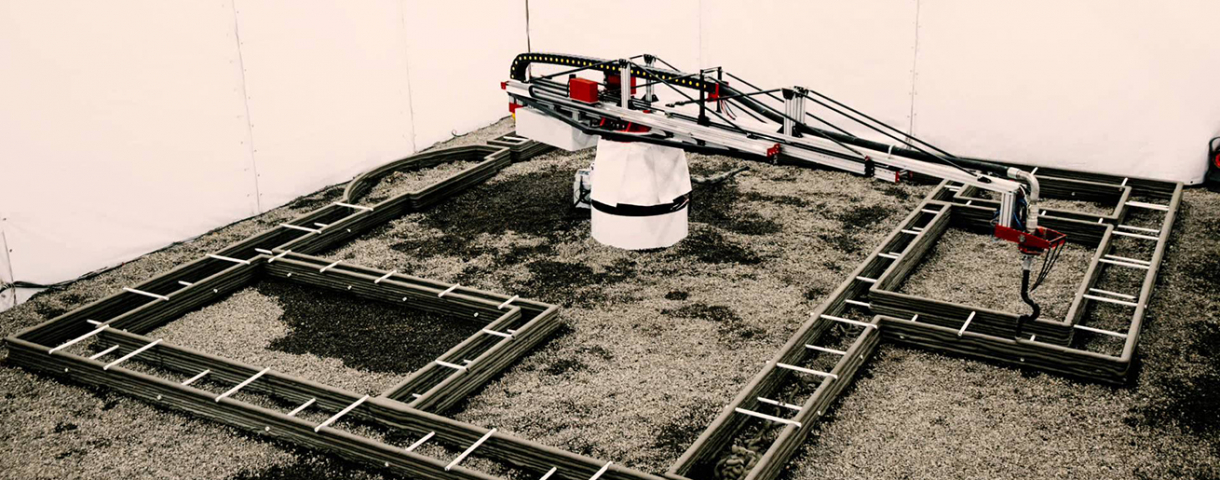Minimally invasive surgery techniques are already essential to modern medicine. Currently performed by doctors (humans), however, using robotics holds the potentially make a huge impact in the future of medicine in terms of easy of use, surgery price, availability of capable doctors, and last but not least accessibility to simple - yet invasive and complex - procedures for people at the bottom of the pyramid.
In experiments involving a simulation of the human esophagus and stomach, researchers at MIT, the University of Sheffield, and the Tokyo Institute of Technology have designed (and demonstrated) a tiny ingestible origami robot that can unfold itself from a swallowed capsule and - steered by external magnetic fields - crawl across the stomach wall to remove e.g. a swallowed button battery or to patch a wound. The Ingestible Origami Robot consists of a folded sheet of dried pig intestine and a small magnet and unfolds once it hits the stomach.
The Ingestible Origami Robot is both highly creative and highly practical in its design, and it addresses a clinical need in a very elegant way. One of the most convincing applications of origami robots on the market, the hope of the robot is that it will eventually be able to patch internal wounds and possible also deliver medicine.






